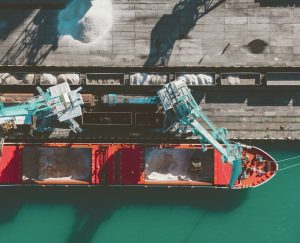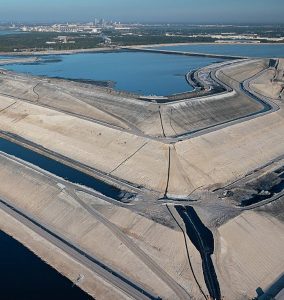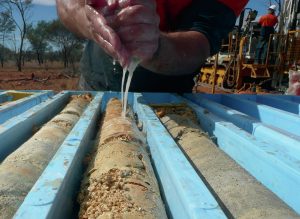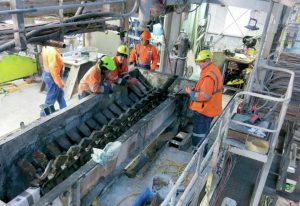
Fertilizer Industry News Roundup
Ammonia production at Billingham in Teesside looks set to end, bringing to a close a history of production that dates back almost a century.

Ammonia production at Billingham in Teesside looks set to end, bringing to a close a history of production that dates back almost a century.

While phosphate fertilizer production represents the main slice of demand for elemental sulphur and sulphuric acid, sulphur fertilizers continue to be a growing sector of demand due to changes in the way that we use sulphur.

In this review article, Hatch’s Jayden Ladebruk, Lyndsay Tran, Amelia Parrenin, and Edward DeRose outline the wide range of phosphoric acid production technologies, and discuss how industry challenges are influencing the choice of phosphoric acid process.

Despite being an age-old industry, the phosphate sector remains vibrant and driven by a passionate commitment to leaving behind a sustainable world for future generations. Tibaut Theys, general manager of Prayon Technologies, explains how the industry, by implementing more efficient production processes and promoting responsible fertilizer usage, is working urgently to reduce CO2 emissions, as well as striving to minimise its environmental footprint.

The first global review of phosphate rock resources since 2010 has reported that technically recoverable reserves should last for more than 300 years.

More than 370 delegates from over 160 companies and 40 countries gathered at the Hilton Bomonti Hotel, Istanbul, Turkey, 27 February to 1 March, for CRU’s Phosphates 2023 conference.

Advances in technology, equipment and reagents are enhancing phosphate fertilizer production. Optimisation of standard equipment is also vital for ensuring process efficiency.

Yara International is to supply fossil-free fertilizers to El Parque Papas, Argentina’s largest potato grower, in 2023.

Fertilizer International presents a global round-up of phosphate rock, phosphoric acid and finished phosphates projects.

The Broadfield process has remained a mainstay of the global phosphate industry since its introduction in the 1930s. Ian Hancock, vice president sales & operations, Bradley Pulverizer, explains it continuing success in superphosphate production worldwide